Soulcalibur 6 is a blast from the past with an accessible twist
A timely Reversal?
There are few experiences as crushing as being properly roasted in a fighting game. The coordination goes from your thumbs; the blood drains from your face; all sense of strategy implodes as blow after blow snakes through your defences and punts you helplessly around the stage. At this point your opponent isn't really fighting you so much as their own limitations: you are merely a ship tossed on the ocean of their skill. Soulcalibur 6's new Reversal Edge system is a hard check to all that, a slick, accessible subgame that resets the momentum and gives the out-matched combatant a chance to regroup. For that reason, it is likely to prove as controversial among experienced Caliburners and masters of fighting game psychology as it is welcome among greener players.
Broadly, Soulcalibur 6 is "a fusion of the light movement in Soulcalibur 2 and the fighting systems from Soulcalibur 5", in the words of new series producer and former Tekken 7 developer Motohiro Okubo. With just a couple of fighters and Versus stages playable in my PS4 hands-on, and Okubo tight-lipped about other modes, it's hard to get a sense of this, but the reduced line-up - I counted 20 slots on the select screen - and choice of old mainstays Sophitia and Mitsurugi as announcement characters are certainly in keeping with a return to roots.
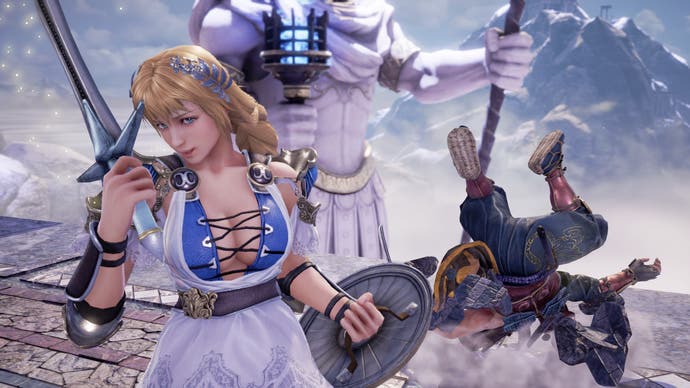
In the hands, Soulcalibur 6 is as nimble and dazzling as any Soulcalibur before it, a game of rapid, predatory circling, relatively forgiving input buffering and sparky, three-to-five hit exchanges. Mitsurugi is still a quick but rangy samurai with a dependable two-hit spinning uppercut, while sweet, saintly Sophitia remains a vicious close-quarters brawler who's fond of 200 mile-per-hour stabs to the crotch. The Critical Gauge returns from Soulcalibur 5: filled by inflicting and blocking damage, it's used to perform charmingly stupid Critical Edge attacks - highlights include Sophitia delicately shading her face with her shield as her airborne adversary is struck by lightning - Soul Charge self-buffs and Guard Impact parries or counters that stun or knock your opponent flat. The game looks and performs fantastically, marrying a barrage of Unreal Engine 4 effects and techniques with something of the pristine, unfiltered brightness of Project Soul's Dreamcast heyday.
I used to play Soulcalibur 2 religiously if not that skilfully in my university bar and, after a few false starts, soon found myself dishing out juggles and ankle chops like I had a couple of pounds riding on the outcome. But not everything is familiar. The Reversal System combines a nod to guard-locking from the original Soul Blade in 1995 with a nod to Street Fighter 4's signature flow-breaking Focus attacks. Mapped to R1, it sees your character raising their blade vertically to block a single strike before launching a fiery overhand swipe. If the blow connects, it triggers a florid, cutaway sequence and window of slow motion in which each combatant can perform a single move. It's a round of rock-paper-scissors, in essence, though you aren't limited to three options, and the effect is to create a little breathing room while showcasing the loveliness of the game's models and animations.

It's clearly an addition made with casuals and converts in mind rather than returning pros and Okubo is, to his credit, entirely upfront about this. "My hope is that with Reversal Edge, any player, beginner or pro, can fight on the same level in that moment, and feel like they could be a master fighter," he told me. "Advanced players may not find it fun to stop the flow of the fighting, but we think as players advance in the game, there will be less use of reversals." The system is hardly idiot-proof, in any case - the long vertical wind-up animation makes it easy to avoid and punish, and the developer is obviously still tweaking it. "We always knew there was a risk of pro players not appreciating Reversal Edge, but we are carefully adjusting as we go."
Whatever the result of those considerations, the game surrounding Reversal Edge is already a delight to play - very much the graceful soft reboot this once-scintillating arcade duellist needs after a few years in the wilderness, to say nothing of abortive free-to-play venture Lost Swords. The big hope is that Bandai Namco are working on a single player mode on par with Soul Edge and Soulcalibur's terrific campaign options, but at the very least, we can expect snazzy updates of some famous faces and a blend of proven concepts from throughout the series, wisely tilted toward newcomers. The soul still burns? There's certainly life in the embers.
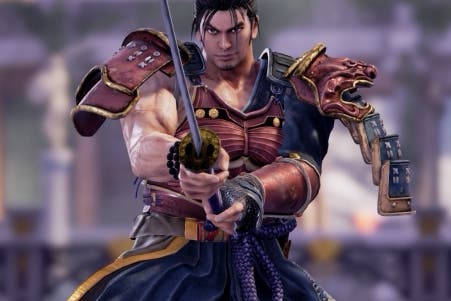

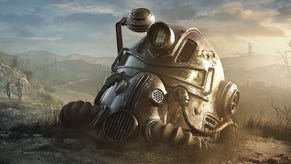

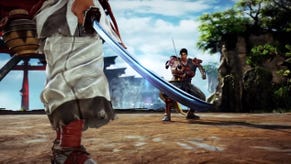




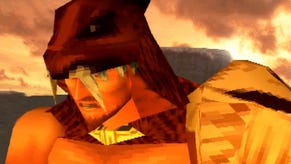



.png?width=291&height=164&fit=crop&quality=80&format=jpg&auto=webp)



